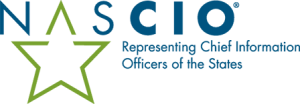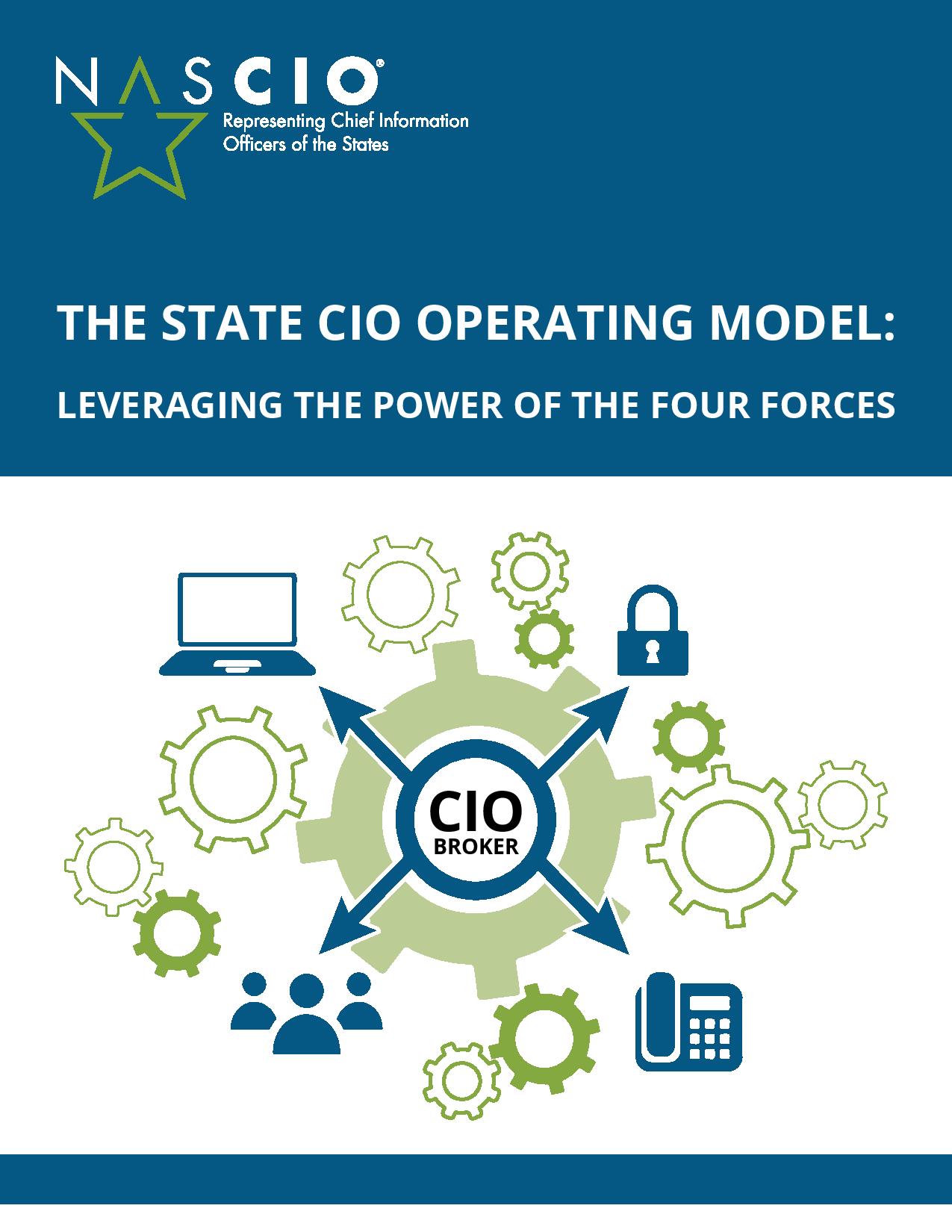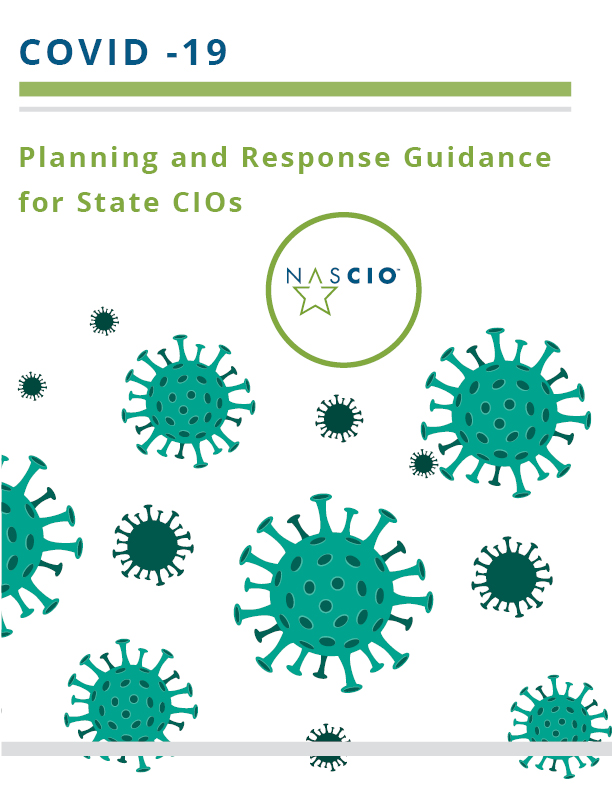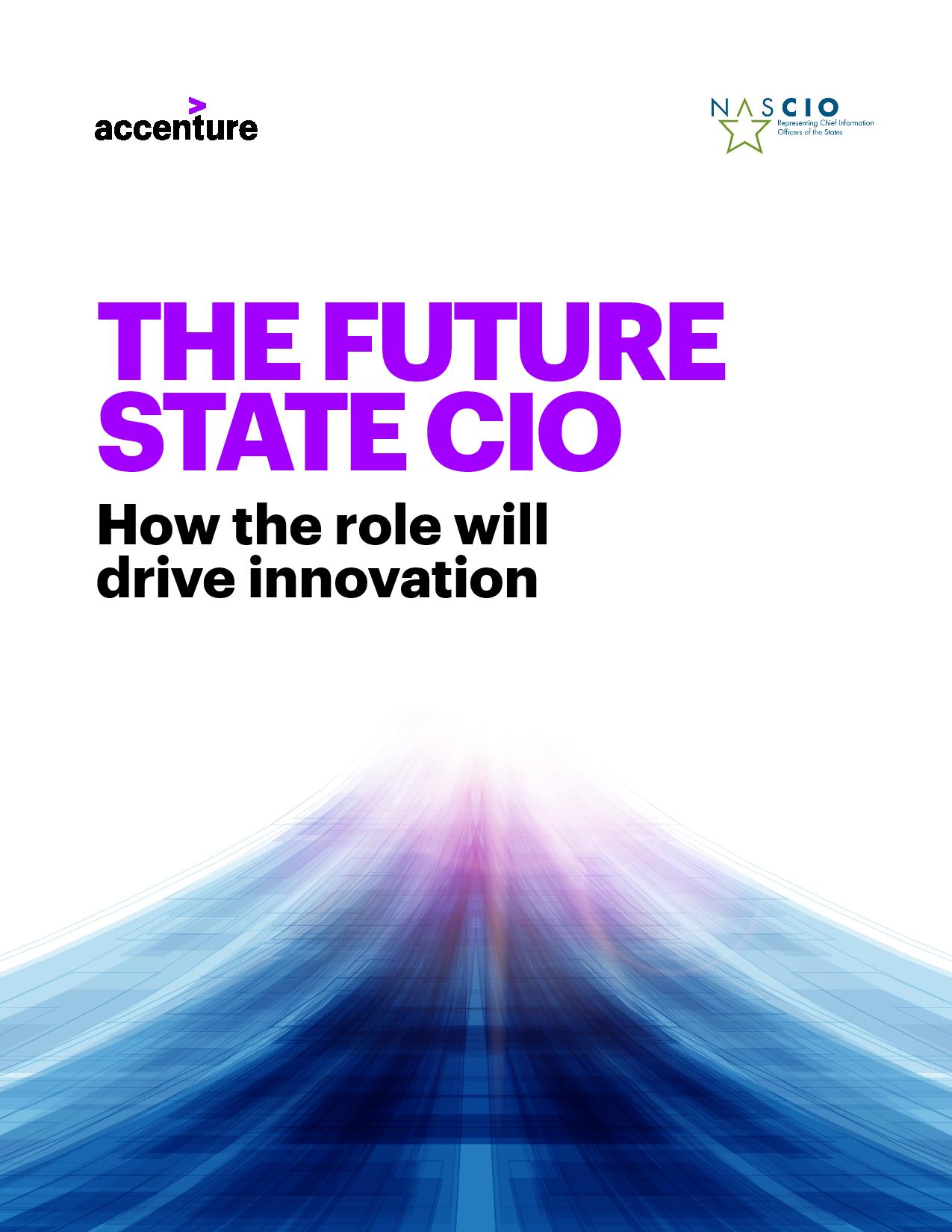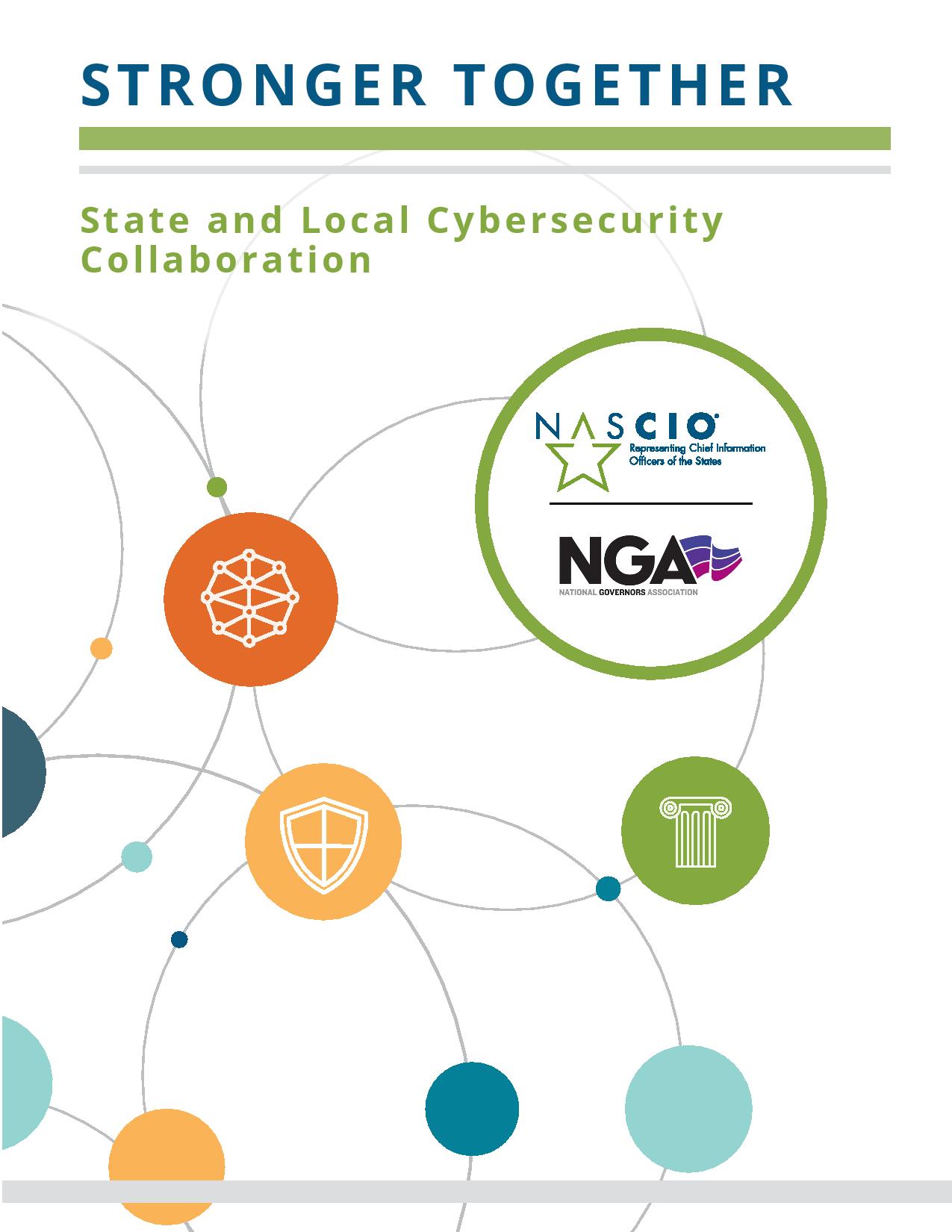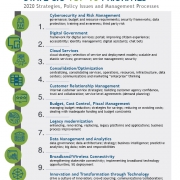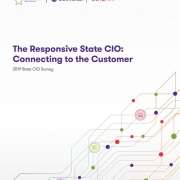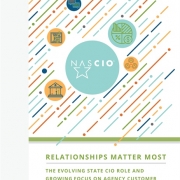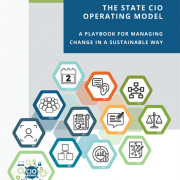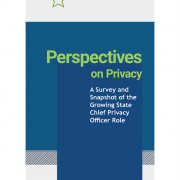The State CIO Operating Model: Leveraging the Power of the Four Forces
This paper is the next in our NASCIO series “CIO as Broker.” We delve further into the dynamics of the Four Forces that form the foundation for the Government Change Framework developed by Integris Applied.
These Four Forces greatly influence what the state CIO develops in the way of business and technologies strategies which are represented in the annual state CIO Top Ten priority strategies, policy issues and management processes. The Four Forces actually have a bidirectional nature in that the state CIO will also leverage these Four Forces in developing approaches for achieving positive citizen outcomes. The particular actions that any state CIO actually takes depend on the state CIO strategy being pursued and the specific dynamics of the Four Forces that exist within a particular state government.
We provide two examples or cast studies using two of the 2020 Top Ten priorities. These include priority #2 – digital government and priority #5 – customer relationship management.
Accompanying this report is a webcast of a discussion of these concepts with two state CIOs. Mike Leahy, CIO for the State of Maryland, and Todd Kimbriel, former CIO for the State of Texas.
Related Resource
This webcast presents a discussion of how our state CIO panelists have addressed the business and technology challenges during COVID-19. The discussion includes strategies that recognize and leverage the Four Forces of Government Change Management. Join us to hear valuable insights presented by these state policy leaders as state government continues to address the current COVID-19 epidemic and plans to move forward to be prepared for post-COVID-19. Hosted by Eric Sweden, Program Director, Enterprise Architecture & Governance, NASCIO and facilitated by Patrick Moore, Managing Director, Integris Applied, Inc.
